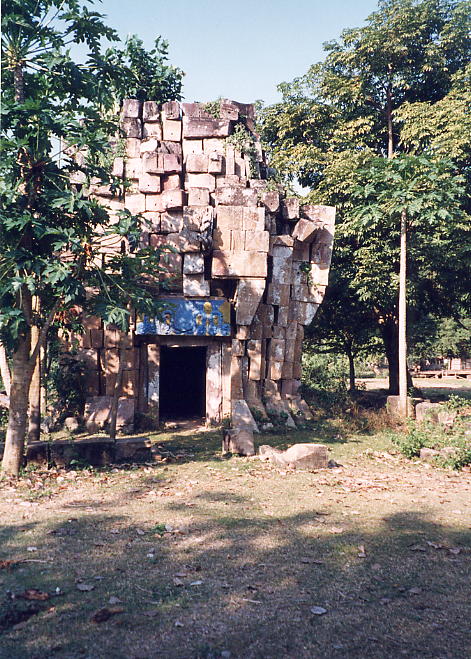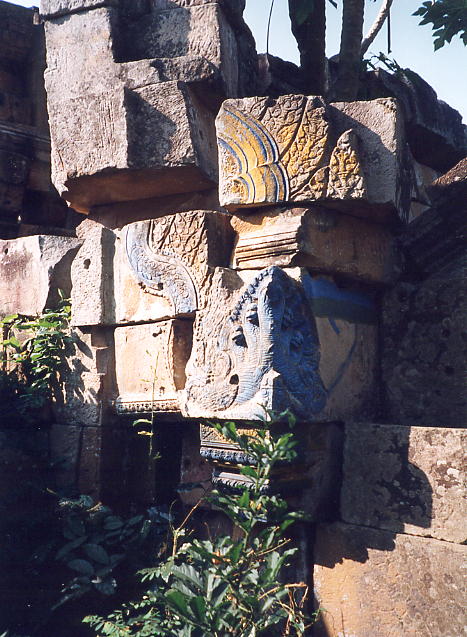


ANDYBROUWER.CO.UK
The Temples of Battambang
photo selection #1
Battambang is one of my favourite locations in Cambodia. It has a laid-back, tranquil atmosphere, the city's inhabitants are incredibly friendly towards travellers and surrounding the city are a number of interesting Angkorean temple sites well worth exploring while you spend a few leisurely days in Cambodia's second city. These two pages give the viewer a closer look at those ancient temple sites, which attract just a fraction of the travellers who descend on Siem Reap and the Angkor complex in increasing numbers each year.
Wat Bassaet
Wat Snoeung West
Wat Snoeung East
Battambang's Provincial Museum
Click here to view photos of Ek Phnom and Phnom Banan.
Read about my 1999 and 2000 visits to Battambang by clicking on the respective year. Also click on any photo to see a larger version. If any photo fails to download, click the 'refresh' icon.
Home : Cambodia Tales : E-Mail
The contents of this website cannot be reproduced or copied without permission of the site author. (c) Andy Brouwer 2004